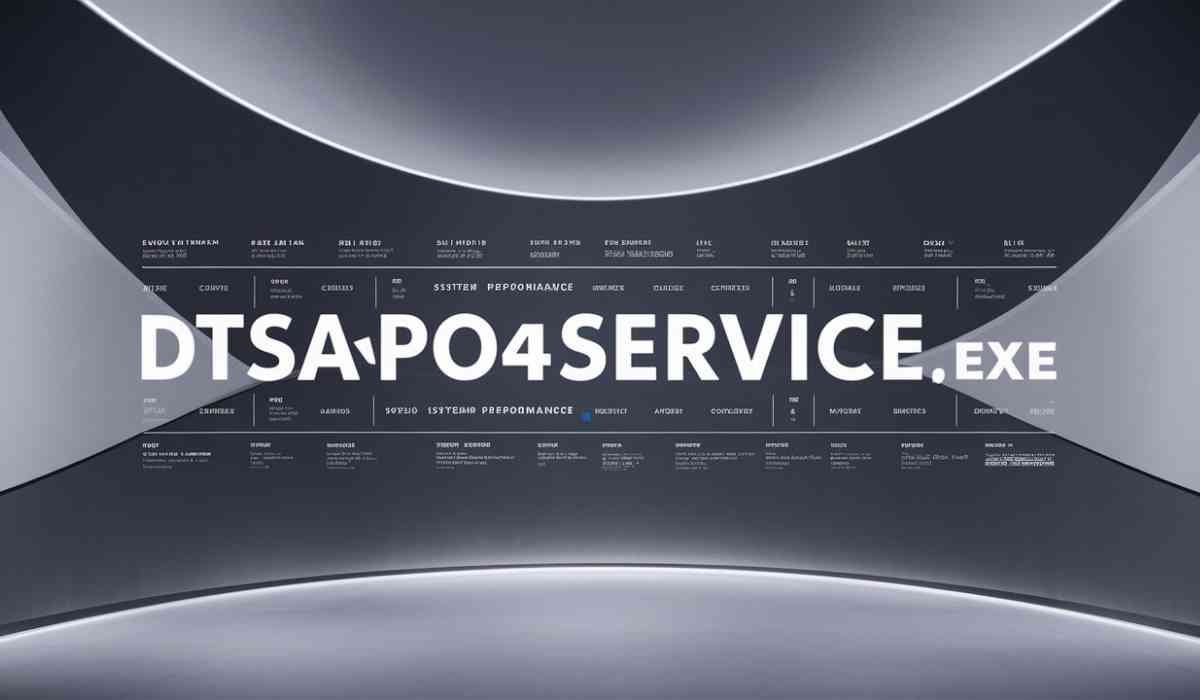In 2025, fitness no longer happens only inside a brick-and-mortar gym. People now stream a class on the sofa, join a step challenge at lunch, and book a virtual coach after putting the kids to bed. They want plans that bend around daily life, not the other way round. For businesses, that shift opens fresh income lines—on-demand content, data-driven upsells, corporate packages—but it also raises new duties to guard user data and prove every click is secure.
Mobile apps sit at the centre of that balance. They let a brand greet each user by name, adjust workouts on the spot, and log every rep, meal, or heartbeat in one place. At the same time, built-in encryption and permission controls keep personal details locked down. The result is reach, relevance, and accountability all in one channel.
The blog will break down exactly how strong mobile apps deliver those wins. You will witness how AI tailors coaching, how integrations pull in wearable stats, and why community features keep people coming back. By the end, you will have a clear map for turning your mobile app into the most powerful piece of equipment in your fitness business.
Why Mobile Apps are the Unseen Force Driving Modern Fitness
The shift from traditional fitness models to digital-first experiences has been rapid and profound. It’s high time for businesses to partner with a dedicated fitness mobile app development company and leverage the power of mobile technology to stay competitive, enhance customer engagement, and deliver personalized fitness solutions at scale. Here are some of the reasons why mobile applications have emerged as the driving force behind this revolution:
Hyper-Personalised Coaching With Built-In AI
An AI engine studies each user’s goals, past workouts, and wearable data, then adjusts sets and reps on the fly. The app even spots shaky form through the camera and offers tips before injury strikes. Users feel like they have a coach in their pocket, which boosts retention and keeps subscription revenue steady.
For the business, this deep personalisation opens the door to tiered pricing. Basic members can see simple plans, while premium members unlock real-time form feedback and advanced recovery advice. Higher tiers lift average revenue per user without adding staff costs, turning the same app into a stronger profit centre.
One Hub for All Wearable and IoT Data
Smartwatches, heart-rate straps, and Wi-Fi scales all feed numbers into one easy dashboard inside the app. Customers see a full health picture without juggling five different logins. Brands see clear usage trends, making it easier to launch new plans, upsell premium content, or target offers that match real behaviour.
Aggregated data also supports partnership deals. Nutrition brands, running-shoe makers, and wellness insurers value insights on activity patterns. Secure, anonymised reports can create new B2B revenue streams or joint campaigns, all driven by the single hub the app already maintains.
AR and VR Turn Workouts Into Experiences
Augmented cues can float above a user’s yoga mat, showing the next pose in real time. Virtual reality can drop a cyclist into a mountain pass without leaving home. These immersive extras keep workouts fresh and drive word-of-mouth buzz—valuable marketing that costs less than another ad campaign.
Businesses gain a library of unique content that competitors cannot copy overnight. Limited-edition VR races or AR dance sessions can be sold as paid add-ons or time-limited events, sparking bursts of revenue and giving marketing teams new stories to tell each quarter.
Community Features and Game Mechanics Drive Daily Use
Leaderboards, group challenges, and simple badges push people to log in just to stay ahead of friends. Every share or milestone spreads the brand on social feeds, bringing in new users at almost zero acquisition cost. The result is higher engagement and a loyal crowd that renews month after month.
A lively community also lowers support overhead. Users answer each other’s questions, post success tips, and keep motivation high without extra staff. Meanwhile, the most active members become brand ambassadors who volunteer to test beta features, giving the product team fast feedback at no added expense.
A Single App That Covers Full-Spectrum Wellness
Today’s clients want more than sets and reps. Add meal logs, sleep tips, short mindfulness clips, and stress checks, and the app becomes part of a user’s whole day—not just the gym hour. That wider role means longer screen time, richer data, and more chances to cross-sell services like nutrition plans or corporate wellness bundles.
Offering an all-in-one hub positions the company as a complete wellness partner, attractive to employers looking for staff health packages. Corporate contracts bring predictable bulk revenue, while employees who already use the app privately face zero learning curve—making enterprise sales smoother and faster.
Summing Up
Mobile apps are no longer a bonus feature for fitness brands; they are the main engine that keeps everything running. An app gives each user a personal coach, live progress charts, and a lively group of fellow members on a device they already own. For the company, the same app brings in steady subscription income, clear data on what customers like, and new partner deals without a lot of extra staff or equipment.
The path forward is simple. Build a strong and secure fitness app now or risk losing users to competitors that already offer one. With the right platform in place, you gain a base for every future plan, from new premium content to large corporate wellness packages. The sooner a brand makes that move, the sooner it will earn deeper loyalty, higher profit margins, and growth that leaves traditional gym models behind.
FAQs
Q. What is the cost to develop a fitness mobile app in Dubai?
Building a solid fitness app in Dubai usually starts around $40,000 for a lean MVP and can reach $200,000 or more for a fully loaded platform with AI coaching, wearable sync, and AR classes. The final figure depends on scope, design depth, third-party integrations, and post-launch support.
Q. What is the typical time frame to develop a fitness mobile app in Dubai?
A basic app with core tracking and content libraries can go live in about three to five months. Larger projects—especially those handled by an experienced mobile app development company in Dubai—often need six to nine months to design, code, test, and roll out advanced features such as real-time analytics or corporate-wellness portals.









